Ceppo Di Gre Conglomerate
 Italy
(Castro, Pianico, Lago d'Iseo, Provincia di Brescia, Lombardia)
Italy
(Castro, Pianico, Lago d'Iseo, Provincia di Brescia, Lombardia)
Ceppo Di Gre Conglomerate is a captivating natural stone celebrated for its unique appearance and texture. Quarried in Castro, Pianico, Lago d'Iseo, within the Provincia di Brescia, Lombardia region of Italy, this stone variety is renowned for its distinctive silver grey coloration and intriguing pebble-like texture.
The defining feature of Ceppo Di Gre Conglomerate is its medium pebble grain structure, which mimics the appearance of naturally occurring river pebbles embedded within the stone. These pebbles are characterized by their smooth surfaces and rounded contours, reminiscent of stones polished over time by the flow of water. This texture adds a tactile and visual depth to the stone, creating a dynamic and organic effect.
The silver grey color palette of Ceppo Di Gre Conglomerate enhances its unique texture, giving the stone a subdued yet captivating appearance. The variation in the shades of grey contributes to the stone's visual interest, while the silver tones add an air of sophistication.
The versatility of Ceppo Di Gre Conglomerate lies in its ability to be used in various design applications. Whether employed as wall cladding, flooring, countertops, or even decorative accents, this stone's distinctive texture and coloration can transform spaces into captivating environments that exude both natural charm and modern elegance.
Furthermore, the durability and longevity of this stone make it suitable for both interior and exterior installations. Its ability to withstand wear, weather, and the test of time ensures that it remains a prominent feature of the design for years to come.
In summary, Ceppo Di Gre Conglomerate, quarried in Castro, Pianico, Lago d'Iseo, Provincia di Brescia, Lombardia, Italy, showcases a silver grey medium pebble grain texture. Its unique appearance, tactile appeal, and versatile nature make it a favored choice for those seeking to incorporate a touch of natural beauty and texture into their design projects.
Petrographic definition: conglomerate
Massa Unit Volume: 2250 Kg/m3
Water Absorption: 3.34%
Breaking Load Compression Simple: 20.9 MPa
Compression breaking load after freezing: 27.7 MPa
Tensile indirect through Flex: 4.3 MPa
Coefficient relative Abrasion (referred to Granite St. Fedelino): 0.22
Impact resistance: minimum fall height: 35 cm
Linear thermal expansion coefficient of 6.6 x 10-5 0C-1
Knoop microhardness: 608.2 MPa
Source: Università di Pisa - Politecnico di Torino

Is Italy's Ceppo di Gre Conglomerate an expensive stone?

How thick is Italy's Ceppo di Gre Conglomerate slabs?

What grade is Italy's Ceppo di Gre Conglomerate?

What is the coefficient of friction of Filled Italy's Ceppo di Gre Conglomerate tiles?

Can Italy's Ceppo di Gre Conglomerate be used in a living room?

Can Italy's Ceppo di Gre Conglomerate be used exterior applications in very windy climates?

Can Italy's Ceppo di Gre Conglomerate be used outdoors?

Are there color variations of Italy's Ceppo di Gre Conglomerate?

Can Italy's Ceppo di Gre Conglomerate be used in wall coverings?


If someone is interested in your project will contact you by email
-

 Italy
Italy
 Verified Supplier is for prove company authenticity,including business license,trade license and effective office space,to enhance buyers' trust to suppliers and their products, reducing communication costs.
Verified Supplier is for prove company authenticity,including business license,trade license and effective office space,to enhance buyers' trust to suppliers and their products, reducing communication costs.
Contact Supplier
-

 China
China
 2YRDiamond members are premium members on platform, providing members with comprehensive approach to promoting their products, increasing products exposure and investment return to maximize.
2YRDiamond members are premium members on platform, providing members with comprehensive approach to promoting their products, increasing products exposure and investment return to maximize.
 Verified Supplier is for prove company authenticity,including business license,trade license and effective office space,to enhance buyers' trust to suppliers and their products, reducing communication costs.
Verified Supplier is for prove company authenticity,including business license,trade license and effective office space,to enhance buyers' trust to suppliers and their products, reducing communication costs.
Contact Supplier
-

-

The request includes: 1. surface finished, size 2. quantity required






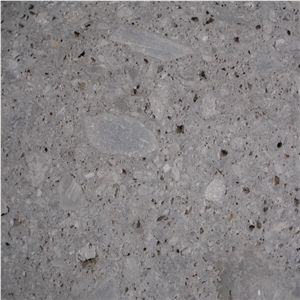
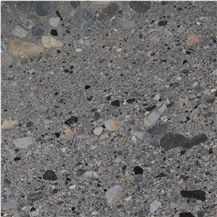
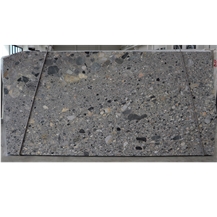
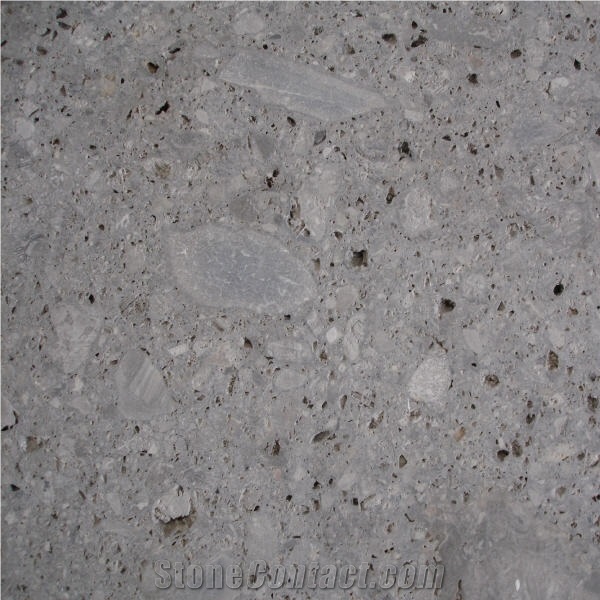
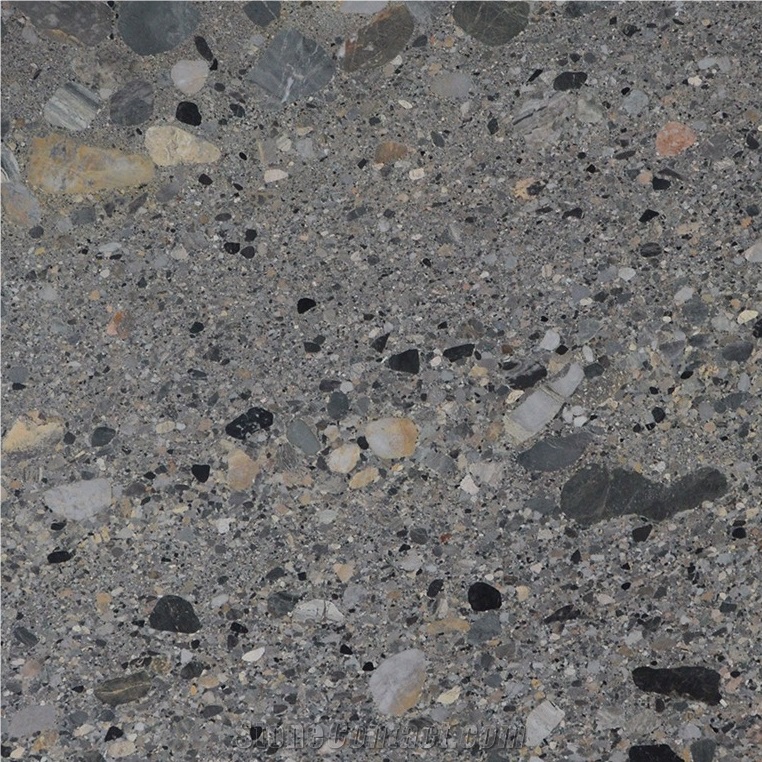
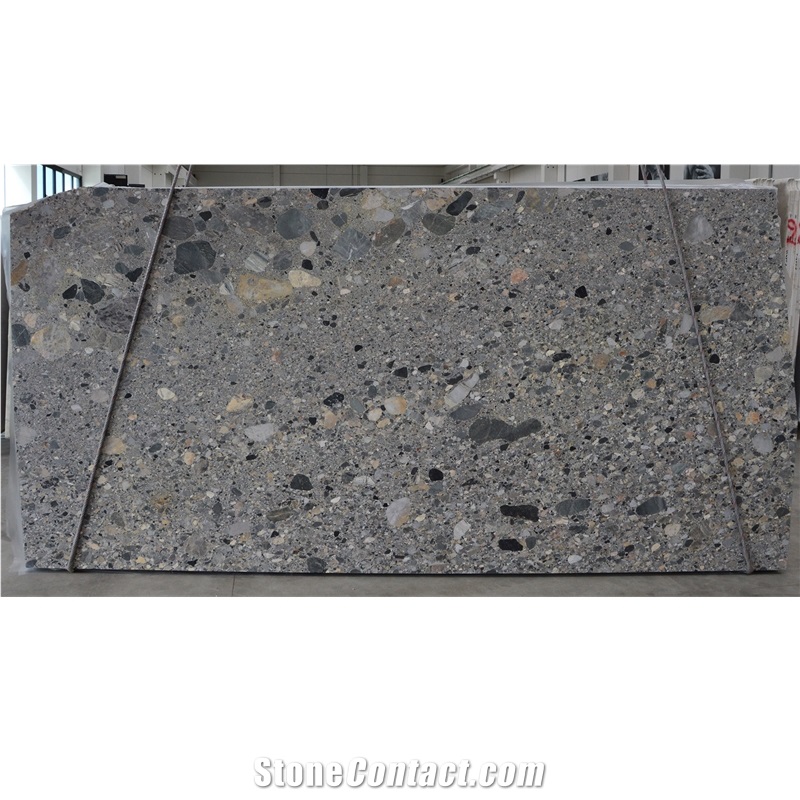
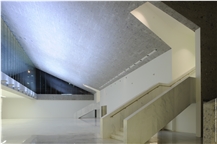
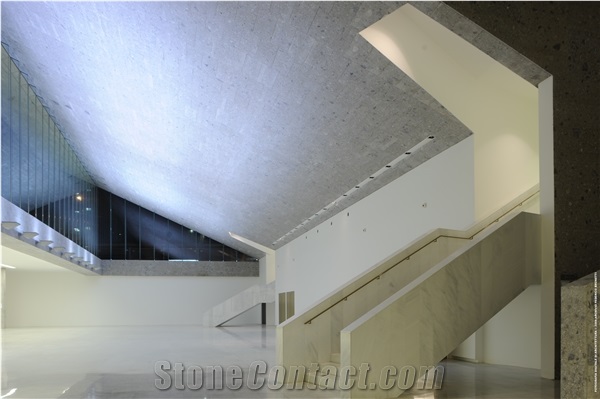
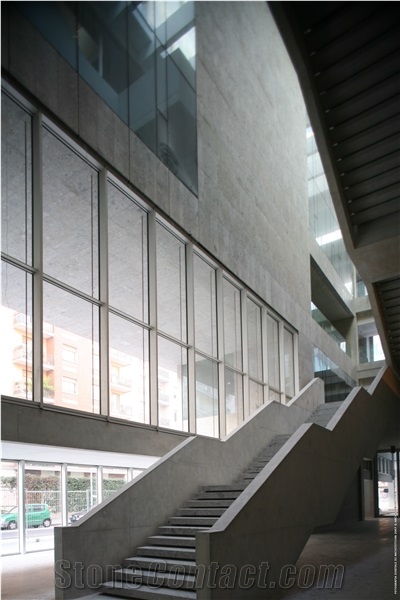
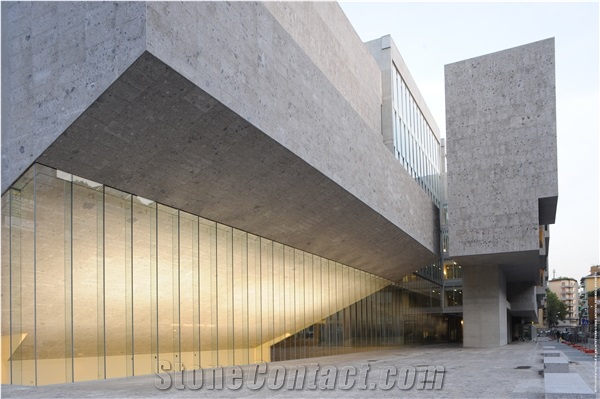
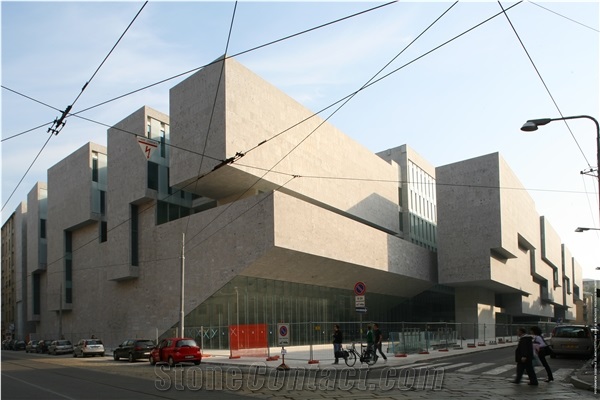
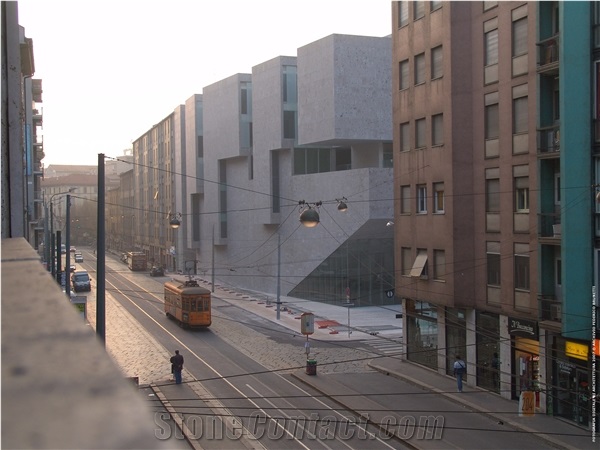
 Australia
Australia Denmark
Denmark